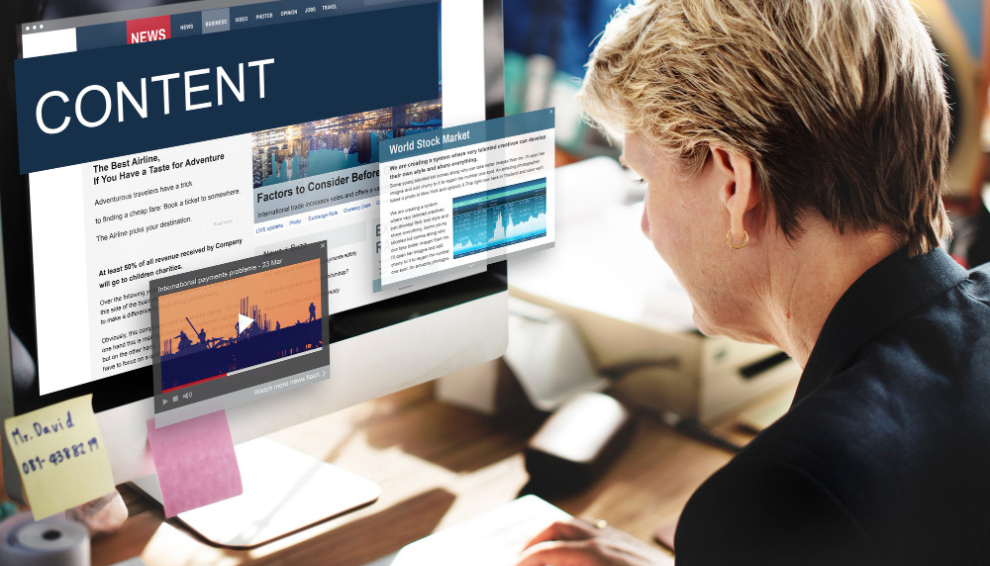Email marketing is a field, truely competitive in nature. It seizes the interest of subscribers along with encouraging them to get up close and personal with your content. Let me tell you an effective way of achieving this- personalization.
Klaviyo has recently gained momentum for being the leading email marketing platform. Not only does it provide robust tools that give life to your boring email templates, but it also uses tags.
Some of these tags use the dynamic insertion of individual subscriber data. In this comprehensive guide, we are going to dive into multiple ways of using personalization tags in Klaviyo email templates.
Stick to us till the end if you want to comprehend the basics of personalization tags. Get a detailed idea about how to implement advanced techniques and various other useful strategies. Let’s get started, then!
Understand the Basics of Personalization Tags

In general terms, personalization tags refer to placeholders in an email template that get replaced with some specific information related to your subscriber list. These tags usually include the subscriber’s name, recent purchase, and even the location.
For instance, rather than beginning the email with a typical “Dear Customer” statement, use tags like “Dear [First Name],” which makes the email look more personal.
Klaviyo uses personalization tags that are super easy to use. You can either insert them directly into your templates or in other email drafts.
For example, typing “{{ first_name }}” in your template will automatically replace it with the subscriber’s first name when the email is sent.
The change might look small, but it makes an enormous difference in the emails you receive, giving the impression of a more customized email.
The correct use of these tags assists in building a positive connection with your audience. If subscribers see their personal name or details, they are more likely to open the email and even click on links.
Now, this is exactly why personalized emails are much more popular than custom emails.
All in all, understanding and using personalization tags is the initial step in making your Klaviyo emails more engaging and effective.
With basic tags like the subscriber’s name or location, you can start to see an improvement in your email open and click rates. This sets the foundation for more advanced personalization strategies.
Personalize Subject Lines for Better Open Rates
Subject lines are initial elements a subscribers see, so making them personal can greatly increase your open rates. In Klaviyo, you can use personalization tags to include the subscriber’s name or other relevant information in the subject line.
For instance, you can use “Hey {{ first_name }}, See What’s New Just for You” instead of a common subject like “Check Out Our New Products.”
Such an approach gives your email a more personal touch, and people are likely to open it. When people see their name in the subject line, they are more likely to open the email because it feels like it was written specifically for them.
And that’s not all! There is a plethora of data that makes your subject line more engaging. All it takes it to look for all those data. For example, you can take subscriber’s location into account and pitch them with a more personalized email.
Another example could be using recent activity data. In case the subscriber recently viewed some product on your website, you can create a subject line like “Still Interested in {{ product_name }}? Get It Before It’s Gone, {{ first_name }}!”
Amazing, right?
This not only personalizes the email but also reminds them of something they are interested in, increasing the chances they will click through.
By using personalization tags in your subject lines, you make your emails more appealing and increase the likelihood that subscribers will open them, setting the stage for higher engagement and click rates.
Tailor Email Content to Individual Preferences

After you grab the attention of your subscribers, it’s time to give it a much custom touch. Now, the next big thing is to make the content list of your email more engaging.
Klaviyo lets you use personalization tags within the email body to create a more customized experience for each recipient.
The third instance is to begin your email with a friendly greeting like, “Hi {{ first_name }}, we noticed you enjoyed browsing our selection of {{ category }} products!” This approach makes the reader feel acknowledged and valued.
Using personalization tags effectively is important as it helps subscribers make an informed decision about further purchases.
For instance, “Since you loved {{ previous_product }}, we think you’ll also like these new arrivals.” This not only personalizes the email but also showcases products that the subscriber is more likely to be interested in, increasing the chances they will click on the links.
Make extra effort to customize special offers and discounts. For example, “As a thank you for being a loyal customer, {{ first_name }}, here’s a special 10% off on your next purchase of {{ favorite_category }} items!”
This type of customization makes the offer feel exclusive and tailored to the subscriber’s preferences, encouraging them to take advantage of the deal.
Customizing your email content to align with the preferences and actions of individual subscribers can cultivate a more captivating and pertinent experience, resulting in elevated click rates and enhanced overall email efficacy.
Use Behavioral Data for Triggered Emails
Employing behavioral data to deploy triggered emails represents a potent strategy for amplifying click rates. Klaviyo simplifies the process of setting up these emails; all you have to do is use its user-friendly interface and other features.
With Klaviyo’s email templates tailored for such triggers, businesses can effortlessly configure automated emails triggered by specific subscriber actions, like browsing a product page, adding items to their cart, or completing a purchase.
Such automation ensures timely and personalized communication, thus leading to greater engagement and driving higher click rates.
For example, if a subscriber explores a product page without completing a purchase, you can send a follow-up email containing a personalized message such as: “Hi {{ first_name }}, we noticed you were checking out our {{ product_name }}. Here’s a special discount just for you!” Including a discount code or highlighting product features can entice them to return and complete the purchase.
Another scenario involves leveraging cart abandonment emails. In case a subscriber adds items to their cart but doesn’t finalize the purchase, you can send a customized email prompting them to complete their order.
Take, for example, a message that can send a reminder email: “Hi {{ first_name }}, you left something in your cart!
Don’t miss out on {{ product_name }}.” Including images of the abandoned products and a direct link to the cart makes it easy for them to pick up where they left off.
Post-purchase emails are also effective. After a purchase, you can send a thank you email with product recommendations: “Thanks for your order, {{ first_name }}! Based on your recent purchase, you might also like these items.” This keeps your brand top-of-mind and encourages further shopping.
Utilizing behavioral data to deliver these precise and well-timed emails contributes to a heightened level of personalization, thereby increasing the likelihood of subscriber engagement with your content.
Conclusion: Enhance Your Email Campaigns with Personalization Tags
In conclusion, personalization tags in Klaviyo email templates are a game-changer for boosting click rates and overall engagement with your audience. By harnessing the potential of personalization, you can establish deeper connections with your subscribers and boost the probability of them engaging with your emails.
Just envision receiving an email that greets you by your first name, suggests products aligned with your past browsing, and presents exclusive discounts tailored to your preferences. This exemplifies the impact of personalization tags in practice.
With Klaviyo, you have the tools to implement personalization tags seamlessly into your email campaigns. Whether it’s using demographic data, past purchase behavior, or engagement history, there are countless ways to tailor your messages to each individual subscriber.
Leveraging the goodness of personalization tags in your email template helps you send targeted and relevant content. It resonates with your audience on a deeper level.
This not only leads to higher click rates but also fosters stronger customer relationships and ultimately drives more conversions.
So, don’t miss out on the opportunity to take your email marketing to the next level with personalization tags in Klaviyo. Explore various strategies, analyze outcomes, and consistently refine your campaigns to enhance their impact.
By adopting the appropriate methods, you’ll witness a significant increase in click rates and witness your business flourish.
Read Also:






















